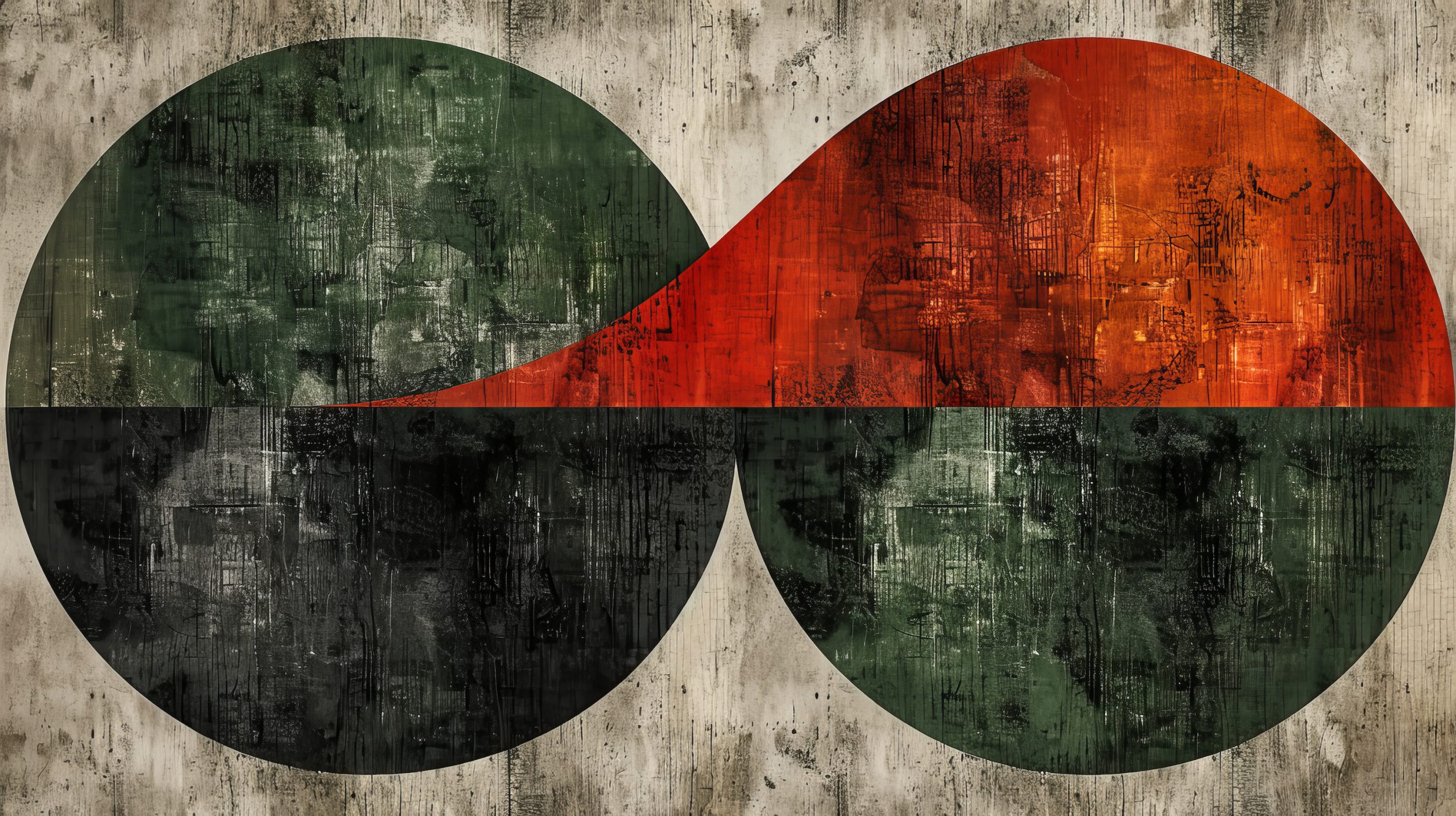Change is hard. Even when we know something isn’t working, when a relationship feels unfulfilling, when we’re stuck in self-defeating patterns, when we’ve outgrown a situation but remain tethered to it, actually doing something about it can feel impossible.
We tell ourselves stories to justify staying put. It’s not that bad. I should be grateful. Maybe it’ll get better. Changing would be too difficult, too painful, too risky.
And so we stay. Until one day, we can’t anymore.
The Threshold of Change
Most of us don’t wake up one morning and decide, Today’s the day I completely transform my life. Change doesn’t happen because it’s logical or because we know it’s good for us. Change happens because staying the same starts to hurt too much.
We reach a breaking point when the emotional, relational, or even physical cost of not changing outweighs our fear of what’s next. It might be a slow, growing discomfort, or it might be a sudden realization that we cannot do this anymore. Either way, something shifts inside us, and we know, I have to do something different.
Pain as a Catalyst
Pain is often seen as something to avoid, something negative. In reality, pain is an incredible teacher. It signals that something needs our attention. It forces us to stop pretending, to acknowledge what we have been ignoring, and to finally take ourselves seriously.
If you are in that place, where the weight of staying the same is pressing down on you, where the voice inside you is getting louder, where your body and mind are screaming for change, you are not alone. And you don’t have to do it alone.
Making the Decision: The Present & Future Decision Guide
Deciding to change can feel overwhelming. Clarity comes when you pause and ask yourself the right questions. If you are struggling with whether to take the next step, consider these four key questions.
- What is the current situation costing you?(Present)
- Are you feeling emotionally drained, disconnected, or stuck?
- Is it affecting your mental health, relationships, or self-worth?
- What will happen if you continue down this path for another year?
- What can you gain by making the change, and how important is that to you?(Future)
- What possibilities open up if you take this step?
- How would your well-being, relationships, or happiness improve?
- Is the potential benefit worth the discomfort of change?
- How are you benefitting from the current situation?(Present)
- Even in painful situations, we often hold on because they serve a purpose.
- Are you avoiding uncertainty, conflict, or loneliness?
- Are there comforts or securities that make staying put easier?
- What challenges will you face in making the change?(Future)
- What obstacles, fears, or losses might come with this decision?
- How can you prepare yourself emotionally and practically?
- What support do you need to navigate the transition?
These questions do not force a decision. They help you see your reality clearly. And when you see clearly, the next step often reveals itself.
Moving Through the Fear
Change is scary. Even when we desperately want it and know we need it, the unknown feels overwhelming. But here is the truth. Staying the same is also scary.
So the real question isn’t Can I do this? It is What will happen if I don’t?
If you are ready, or even just thinking about being ready, therapy can be a place to explore what’s next. Not to rush you, not to pressure you, but to help you find your way forward in a way that feels right for you.
Because when you reach the point where it hurts too much not to change, the next step is not about having it all figured out. It is simply about beginning.











